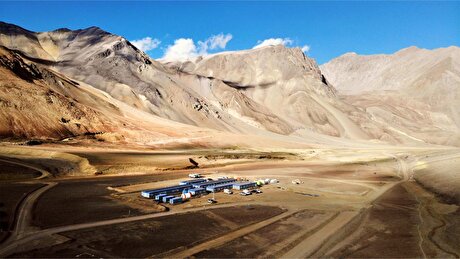
China to overhaul Daqing refinery, petchem sector
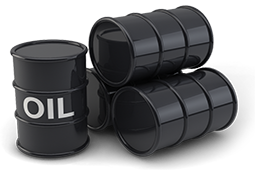
Top economic regulator the NDRC has outlined a development plan for Daqing, part of Heilongjiang province. The plan, which covers 2019-25, aims to increase demand for locally-produced Daqing crude, raise crude processing and ethylene capacity and help refiners access the crude import market.
The Heilongjiang government is aiming to expand capacity at refineries in Daqing to 464,000 b/d of crude processing and 99,000 b/d (2.01mn t/yr) of ethylene output by 2025 under the plan. It did not give details of current capacity.
The main operational refineries in Daqing are state-controlled PetroChina's 120,000 b/d Daqing Refining & Chemical and 190,000 b/d Daqing Petrochemical plants, as well as fellow state-run firm ChemChina's 44,000 b/d Zhonglan refinery.
The government is pushing PetroChina to merge Daqing Refining & Chemical with its 100,000 b/d Harbin Petrochemical refinery, also in Heilongjiang, to create an integrated refining and chemical complex including more downstream chemical units. The two refineries currently operate 600,000 t/yr and 80,000 t/yr polypropylene plants respectively, as well as other small, simple chemical units.
The Daqing refinery processed 89,200 b/d of Daqing crude in 2019, while the Harbin refinery ran 67,500 b/d of blended Daqing and Russian grades.
Work is already underway to expand and modernise refineries in Daqing. PetroChina is upgrading a 70,000 b/d crude distillation unit (CDU) at Daqing Petrochemical to enable it to run Russian crude, and adding several secondary units. This will allow the refinery to operate at its nameplate capacity of 190,000 b/d by end of this year. It currently only operates a 120,000 b/d CDU that processes Daqing crude and a 59,000 b/d ethylene plant.
Daqing is also home to private-sector Lianyi Petrochemical, which idled its outdated 10,000 b/d CDU in 2017. Lianyi is building a new complex designed to process 60,000 b/d of Russian crude and produce 400,000 t/yr of polyethylene, 550,000 t/yr of polypropylene and around 340,000 t/yr of benzene, toluene and xylenes. The complex is due to open by the end of 2020 and aims to expand crude processing capacity by another 40,000 b/d in the years ahead.
The government will allow local independent refineries to process more Daqing crude and help the refineries win quotas to refine imported crude and non-state crude import licences, the six-year plan said.
Daqing is China's largest oil field, but output has dropped as the field matures. Production fell below 800,000 b/d for the first time in 2015 and has declined every year since then to 618,000 b/d in 2019.
PetroChina will keep output above 500,000 b/d in 2025, according to the plan. That suggests the targeted increase in refining capacity will lead to an increase in crude imports from Russia.
The refinery expansion plan is part of wider efforts by China to upgrade local industries. Daqing is one of eight cities included in an NDRC project to modernise older industries and sustain economic growth, by channelling financial support to the chosen areas. Heilongjiang, part of China's northeastern ‘rust-belt', was hit hard by industrial reforms in the 1990s as part of the country's transition to a more service-based economy.


Gold price edges up as market awaits Fed minutes, Powell speech
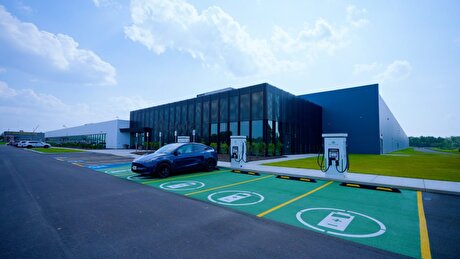
Glencore trader who led ill-fated battery recycling push to exit

Emirates Global Aluminium unit to exit Guinea after mine seized

UBS lifts 2026 gold forecasts on US macro risks
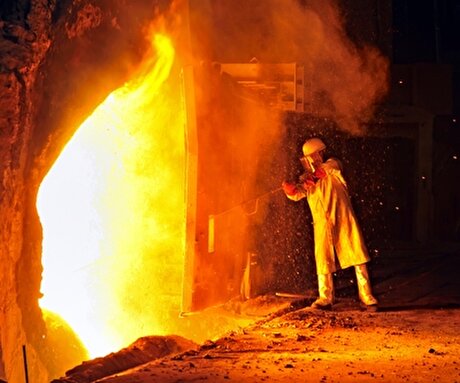
Iron ore price dips on China blast furnace cuts, US trade restrictions

Roshel, Swebor partner to produce ballistic-grade steel in Canada
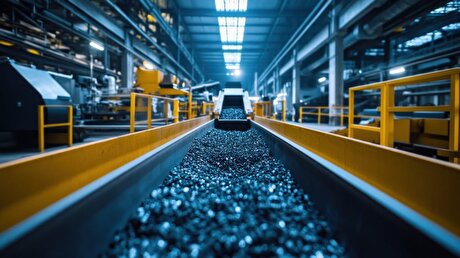
EverMetal launches US-based critical metals recycling platform
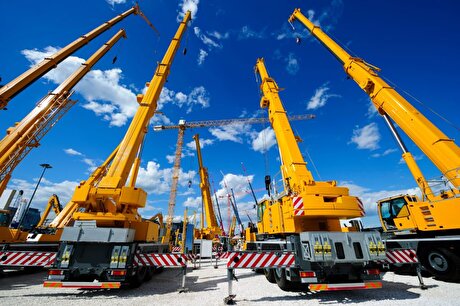
US hikes steel, aluminum tariffs on imported wind turbines, cranes, railcars
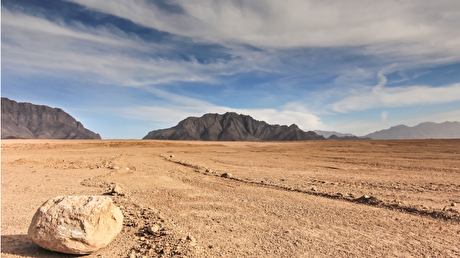
Afghanistan says China seeks its participation in Belt and Road Initiative

First Quantum drops plan to sell stakes in Zambia copper mines
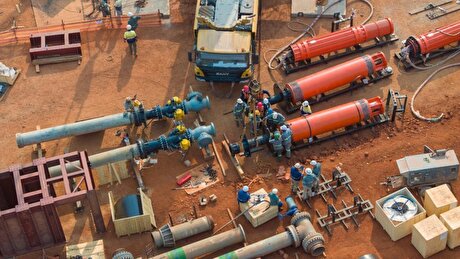
Ivanhoe advances Kamoa dewatering plan, plans forecasts

Texas factory gives Chinese copper firm an edge in tariff war
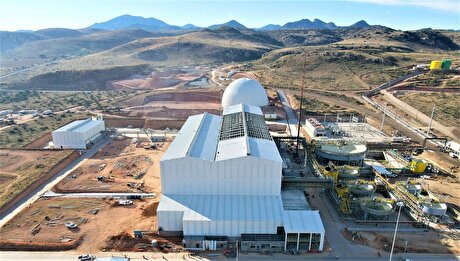
Pan American locks in $2.1B takeover of MAG Silver

Iron ore prices hit one-week high after fatal incident halts Rio Tinto’s Simandou project
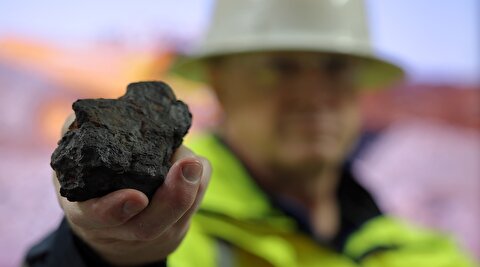
US adds copper, potash, silicon in critical minerals list shake-up

Barrick’s Reko Diq in line for $410M ADB backing

Gold price gains 1% as Powell gives dovish signal

Electra converts debt, launches $30M raise to jumpstart stalled cobalt refinery
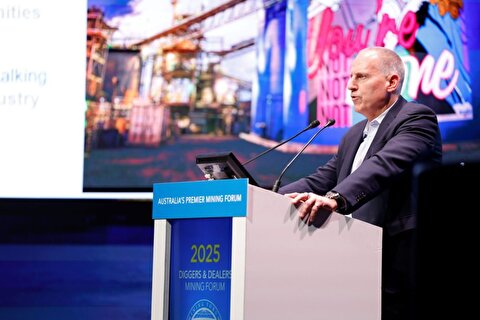
Gold boom drives rising costs for Aussie producers

First Quantum drops plan to sell stakes in Zambia copper mines

Ivanhoe advances Kamoa dewatering plan, plans forecasts

Texas factory gives Chinese copper firm an edge in tariff war

Pan American locks in $2.1B takeover of MAG Silver

Iron ore prices hit one-week high after fatal incident halts Rio Tinto’s Simandou project

US adds copper, potash, silicon in critical minerals list shake-up

Barrick’s Reko Diq in line for $410M ADB backing

Gold price gains 1% as Powell gives dovish signal

Electra converts debt, launches $30M raise to jumpstart stalled cobalt refinery
















